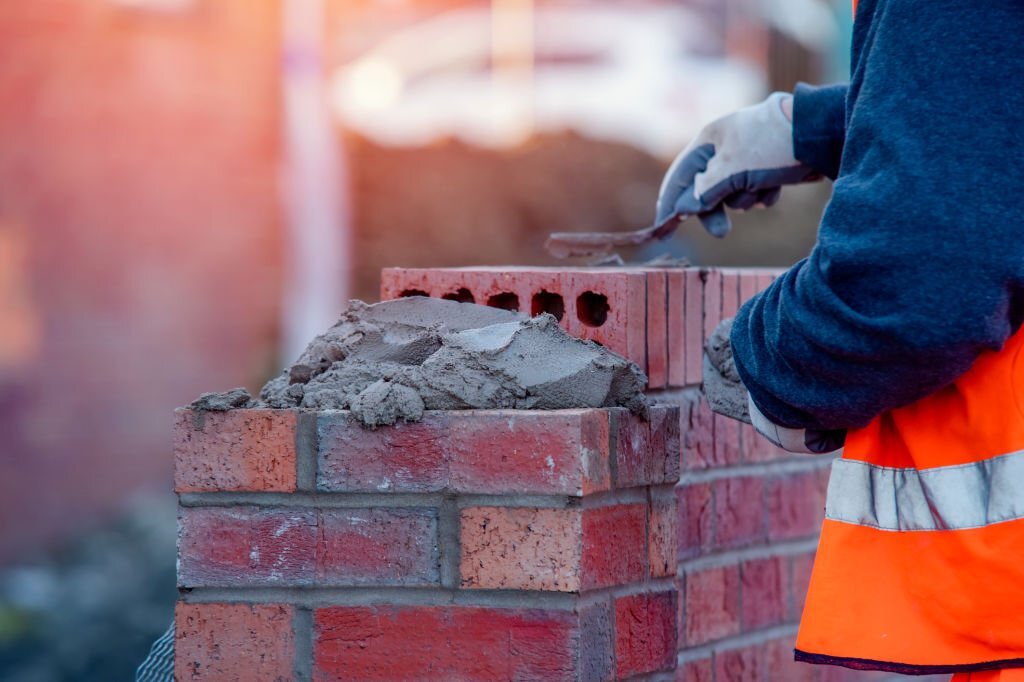Bricklaying is a skilled trade that involves the construction of structures using bricks or other types of masonry materials. It is an essential part of both residential and commercial construction projects. While the basic principles of bricklaying remain the same, there are several key differences between residential and commercial bricklaying. In this blog post, we will explore these differences and understand the unique challenges and requirements of each.

1. Scale of the Project:
One of the most significant differences between residential and commercial bricklaying is the scale of the project. Residential bricklaying typically involves smaller structures like houses, townhouses, or small apartment buildings. On the other hand, commercial bricklaying involves larger structures such as office buildings, shopping centers, or industrial facilities. The sheer size of commercial projects requires more expertise and experience.
2. Building Codes and Regulations:
Commercial bricklaying projects must adhere to strict building codes and regulations. These codes are put in place to ensure commercial buildings’ safety and structural integrity. Bricklayers working on commercial projects need to have a thorough understanding of these codes and follow them meticulously. Residential bricklaying projects also have building codes to comply with, but they are generally less complex and stringent than commercial projects.
3. Timeframes and Deadlines:
Commercial bricklaying projects often have tight deadlines and strict timeframes. Commercial buildings are usually part of a larger development or construction project, and delays can have significant financial implications. Bricklayers working on commercial projects need to be efficient and work within the given timeframe. In contrast, residential bricklaying projects usually have more flexible timelines, allowing for adjustments and changes.
4. Structural Considerations:
Commercial bricklaying requires a deeper understanding of structural engineering principles. Commercial buildings are often taller and more complex in design, requiring the bricklayers to have a thorough knowledge of load-bearing walls, scaffolding, and reinforcement techniques. Residential bricklaying, while still requiring structural integrity, is generally less complex and involves a different level of engineering knowledge.
5. Design and Aesthetics:
Residential bricklaying projects often prioritize design and aesthetics. Homeowners may have specific preferences for the bricks, patterns, or finishes they want for their homes. Bricklayers working on residential projects must be skilled in creating visually appealing designs and executing them to the homeowner’s satisfaction. On the other hand, commercial bricklaying focuses more on functionality and durability than aesthetics.
6. Team Size and Collaboration:
Commercial bricklaying projects typically involve larger teams of bricklayers working together. These teams need good communication and coordination skills to ensure the smooth progress of the project. Residential bricklaying projects can be smaller in scale and may involve only a few bricklayers working closely with the homeowner or general contractor.
In conclusion, while the fundamental skills of bricklaying remain the same, there are distinct differences between residential and commercial bricklaying. Commercial projects require a higher level of expertise, adherence to strict regulations, and the ability to work within tight deadlines. Residential projects, on the other hand, focus more on design preferences and flexibility. Both types of bricklaying offer unique challenges and opportunities for skilled professionals in the construction industry.